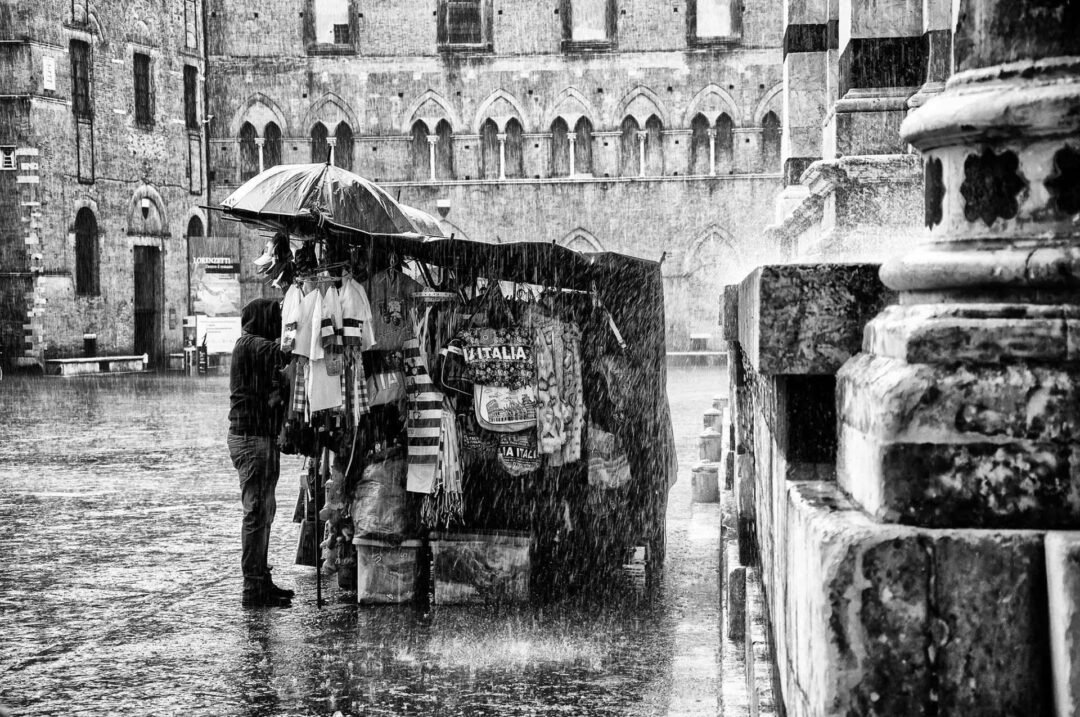Ciao, fellow photography fanatics! Ever feel like your digital camera, as brilliant as it is, sometimes leaves you yearning for something more… tangible? A deeper connection to the moment? That’s exactly how I felt before my trip to Pisa. So, I packed my bags, grabbed my trusty film camera (my beloved Nikon F3, if you’re curious!), and set my sights on Pisa, Italy! Forget endless gigabytes and instant gratification; I was about to embark on a journey that was slower, more deliberate, and infinitely more rewarding. Capturing Pisa’s iconic architecture on film wasn’t just photography; it was an experience, a meditation, and a whole lot of fun!
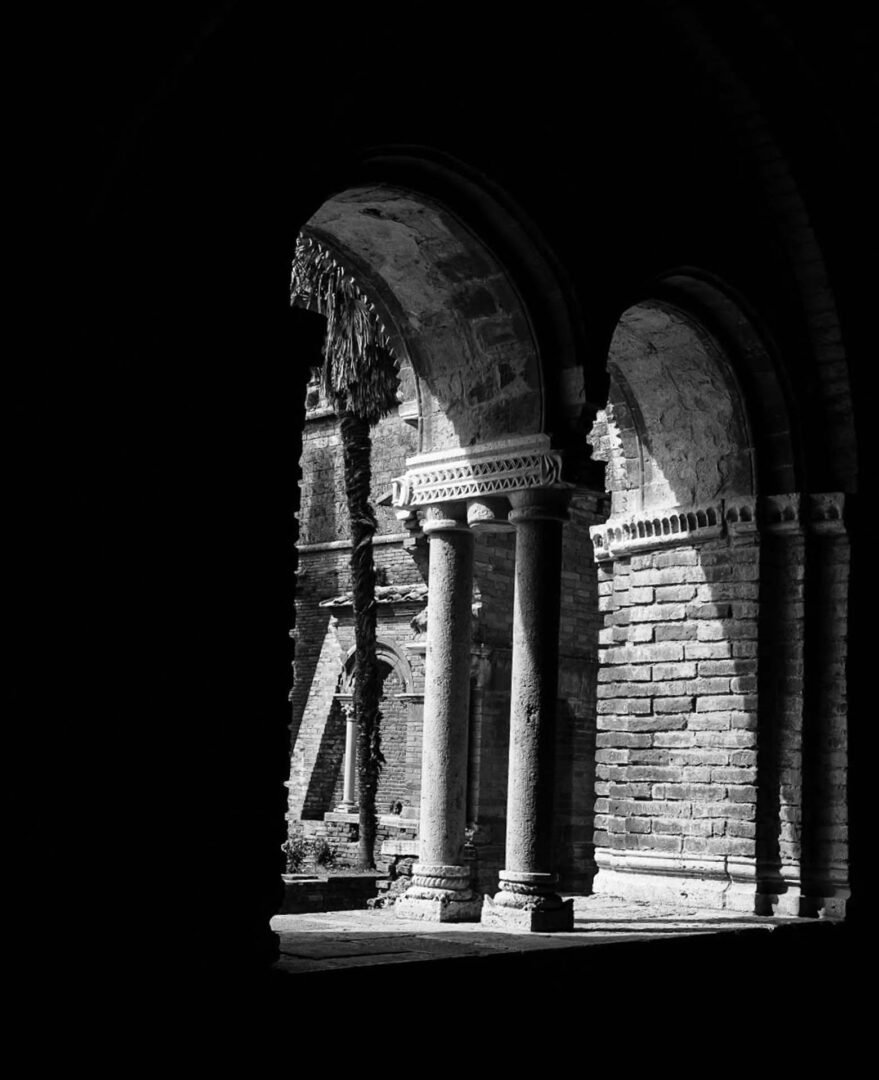
Why I Chose Film in the Digital Age
“But why film?” my friends asked me before I left, “Isn’t that, like, ancient history?” And to that, I said: exactly! In a world saturated with digital images, film offers a refreshing counterpoint. For me, the limited frames per roll (I brought a mix of Kodak Portra 400 for those dreamy colours and some Ilford HP5 Plus for classic black and white) forced me to slow down, to think about each shot.
There’s a certain magic in not knowing exactly what you’ve got until the film is developed. The anticipation of seeing my negatives, the unique grain, the subtle colour shifts – it’s a tactile joy that digital simply can’t replicate. Plus, there’s an undeniable charm to knowing you’re using a medium that has captured history for over a century. It felt like I was connecting with the past as I photographed these ancient wonders.
Pisa’s Architectural Treasures: Where My Film Rolls Went!
Pisa isn’t just about that one famous tower, though believe me, my Nikon and I spent some quality time there! The city is a treasure trove of architectural wonders, each begging to be immortalised on film.
The Piazza dei Miracoli: My Holy Grail for Film Photography
My first stop, of course, was the Piazza dei Miracoli (Square of Miracles). This UNESCO World Heritage site is a quartet of masterpieces that made my film camera sing. I arrived early, just as the sun was beginning to climb, hoping to beat the crowds and catch that soft, morning light.
- The Leaning Tower of Pisa (Campanile): Yes, it’s a cliché, but it’s a glorious cliché! Instead of just taking the standard “holding up the tower” shot (though I did sneak one fun one!), I focused on capturing its magnificent lean from different angles. I got low, almost lying on the grass, to exaggerate the tilt against the vast sky. Then, I used my 50mm lens to isolate sections, focusing on the intricate details of the arches as the early light kissed the marble. It was a slow dance of moving, framing, and patiently waiting for the perfect moment.
- Pisa Cathedral (Duomo di Santa Maria Assunta): This absolute stunner often gets overshadowed, but its intricate Romanesque facade, with its dazzling white marble and decorative arches, was a feast for my lens. I spent ages just walking around it, looking for interesting shadows and highlights. I remember one shot where I used a tree in the foreground to frame a section of the Duomo, creating a sense of depth and mystery. Inside (where photography is often restricted, so I checked the signs!), the light pouring through the stained-glass windows was simply breathtaking, creating dramatic chiaroscuro effects perfect for my black and white film.
- The Baptistery (Battistero di San Giovanni): This round, domed building is a marvel. I tried to capture its reflection in a small puddle left over from an early morning drizzle – it gave the image an ethereal quality. I also loved composing shots that showed its grand scale against the more delicate lines of the other buildings. The texture of its stone against the vibrant blue sky (enhanced by a polarizing filter I diligently screwed onto my lens) was just chef’s kiss.
- Camposanto Monumentale (Monumental Cemetery): This cloistered cemetery was my unexpected favourite. It’s a peaceful, moving space, and the beautiful Gothic arcades and ancient frescoes offered a stark contrast to the grandeur outside. The soft, diffused light filtering through the arches was just divine for my black and white film. I found myself slowing down even more here, capturing the quiet dignity of the space. Each click felt like a respectful whisper.
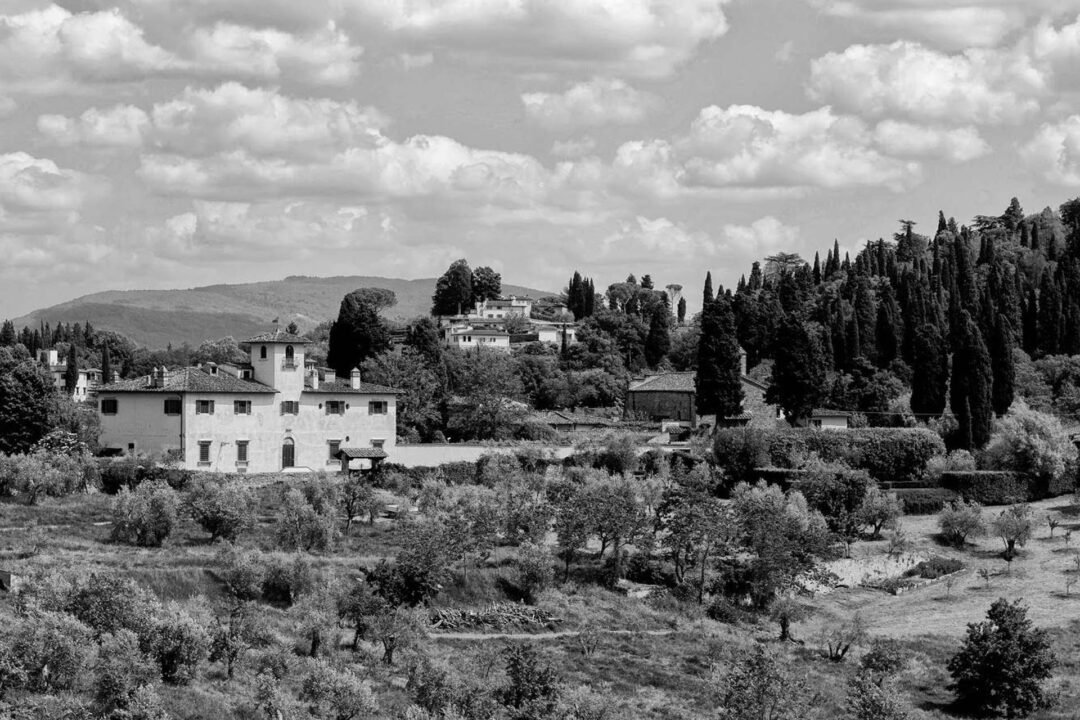
Beyond the Piazza: My Hidden Gems
I didn’t let the Piazza monopolise my film rolls! Pisa has so much more to offer.
Piazza dei Cavalieri: I wandered over to this elegant square, home to the stunning Palazzo della Carovana. The intricate facade here was just screaming for some detail shots. I used a slightly longer lens to compress the perspective, highlighting the rich architectural elements.
- Borgo Stretto: This bustling medieval street was a delight for street photography. I switched to my 35mm lens and tried to capture candid moments, the interplay of light and shadow in the narrow alleys, and the textures of the historic buildings. It felt like stepping back in time, and my film camera felt perfectly at home here.
- Lungarno Mediceo & Lungarno Pacinotti: As the sun began to dip, I headed to the Arno River embankments. The reflections of the colourful buildings in the water, especially at sunset, were mesmerising. I remember waiting patiently for a boat to pass, hoping to get that perfect ripple in the water to add dynamism to my shot. The bridges also made for compelling subjects, leading the eye across the frame.
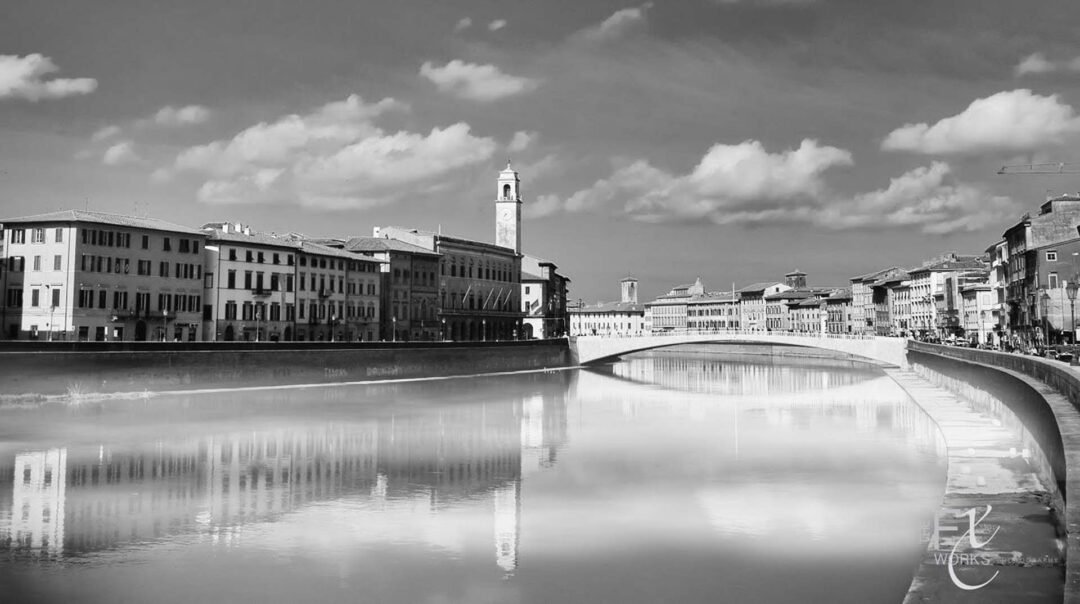
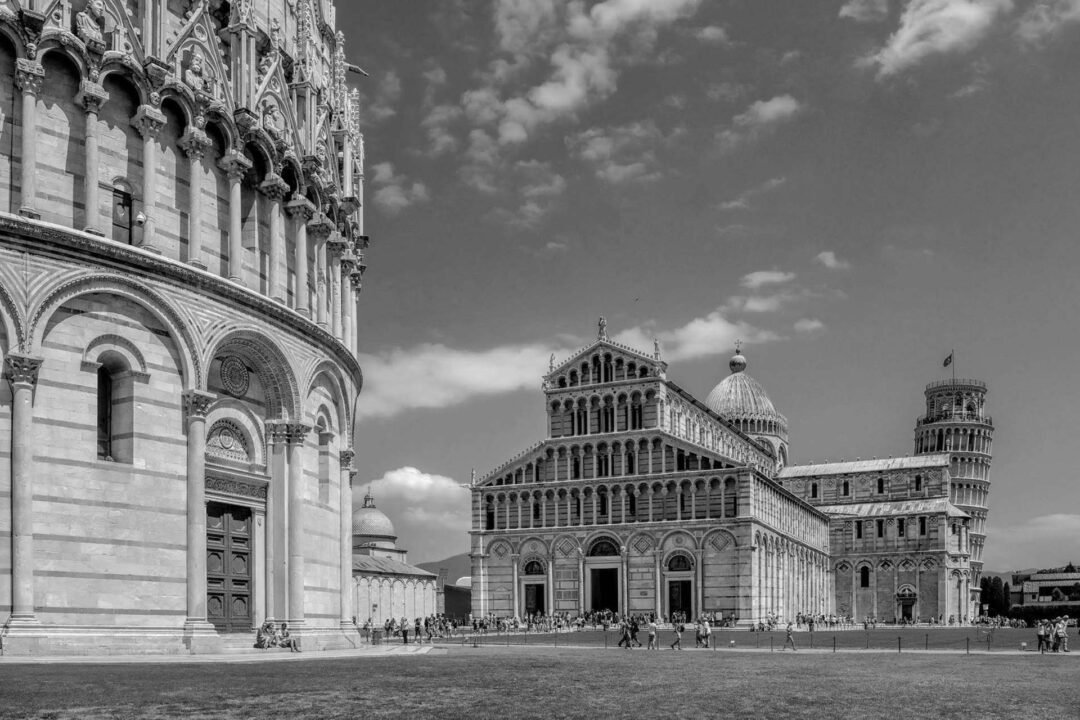
The Skills I Honed (and Why I Loved It!)
Shooting film in Pisa wasn’t just about pointing and clicking; it was about developing a more profound photographic sensibility.
- Composition, Composition, Composition: With only 36 frames per roll, I really thought about my composition. There was no “spray and pray.” I spent more time framing each shot, considering leading lines, the rule of thirds, and negative space. This deliberate approach undeniably improved my compositional eye. Every click felt earned.
- Light is Your Best Friend: Film reacts to light in a unique way. I found myself becoming acutely aware of the quality and direction of light, learning to use it to sculpt the architecture, highlight textures, and create dramatic shadows. Those golden hour and blue hour moments became even more magical, and I chased them with an almost feverish delight.
- Manual Control Mastery: My Nikon F3 is fully manual, forcing me to understand aperture, shutter speed, and ISO. I learned to meter for different lighting conditions (often using my external light meter) and make conscious decisions about depth of field and motion blur. It was a fantastic way to truly understand the exposure triangle, rather than just letting the camera do all the work.
- Patience is a Virtue: Film photography forces you to slow down. There’s no instant review screen. I found myself pausing, observing, and truly seeing the scene before me before I even thought about pressing the shutter. This patience translated into more thoughtful and impactful images.
- Anticipation and Surprise: The waiting game! Sending my film off for development and then receiving those scans weeks later was pure anticipation. And the surprise of seeing how my images turned out, the happy accidents, the unique characteristics of my chosen film stock – it’s a thrill that digital simply can’t match. It’s like opening a present every time.
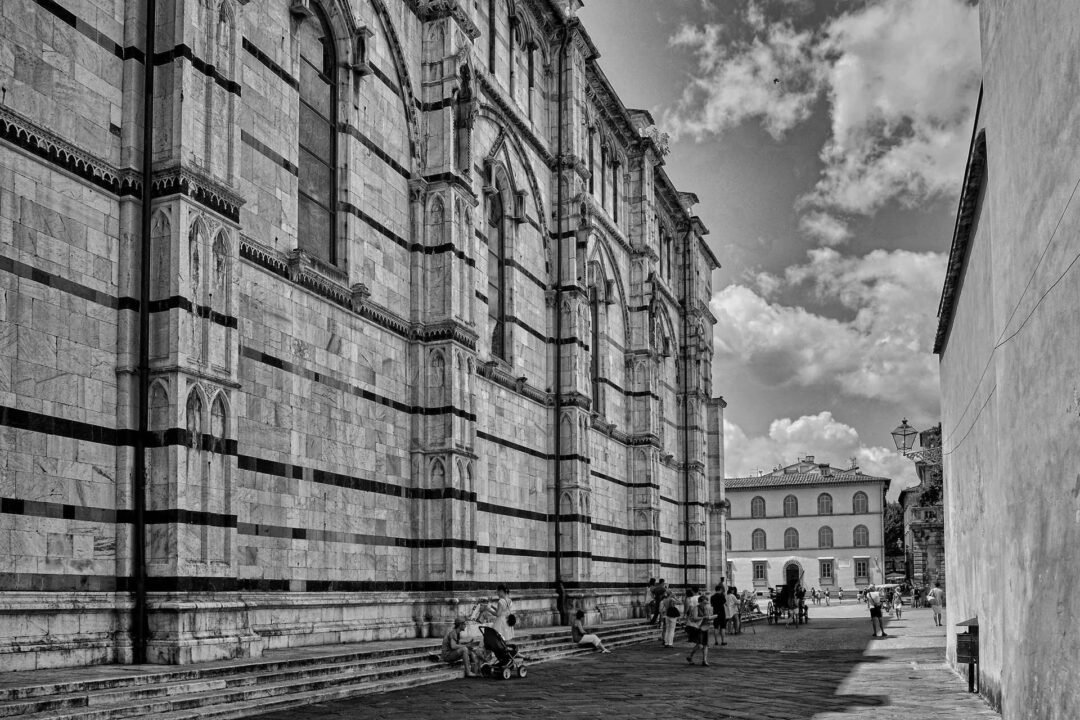
My Deepest Engagement with Pisa:
Using a film camera around Pisa was inherently more engaging for me. I wasn’t just a tourist snapping photos; I was an artist, a historian, a detective, seeking out the perfect light, the compelling angle, the story within the stone. I truly felt like I interacted with the city on a deeper level, noticing details that might otherwise have slipped by in a flurry of rapid-fire digital shots. Every photograph became a cherished memory, linked not just to the visual, but to the feeling of that moment.
So, if you’re looking for a photography adventure that goes beyond the screen, I highly recommend dusting off that old film camera (or buying one!), grabbing a few rolls of your favourite film, and heading to Pisa. It awaits, ready to be captured through your unique, analogue lens. Happy shooting, and don’t forget to share your magical film memories!

